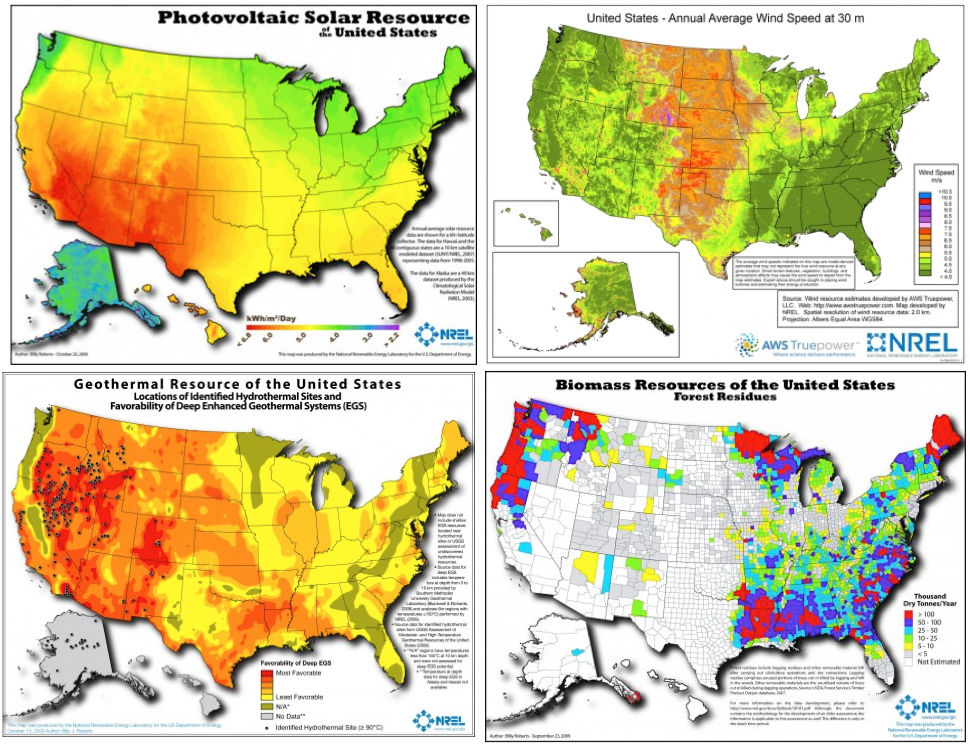GEA sees bigger role for geothermal than predicted in recent analysis on EPA
The EPA wants to reduce CO2 emissions through 4 key elements; increase efficiency, re-dispatch away from gas/coal-burning plants, increase renewables and nuclear and better demand-side efficiency.
In a recent publication from the EPA, there is a new plant to reduce carbon pollution in the US by looking into other alternatives in order to generate electricity. The aim of the EPA is to find the next best solution that allows to reduce green house emissions.
According to the document, the plant has for key elements:
(1) efficiency improvements at combined cycle coal plants,
(2) re-dispatch away from coal-burning energy generating units (EGUs) and to combined cycle natural gas EGUs,
(3) increased renewables and nuclear, and
(4) increased demand-side efficiency.
On the article, several renweable sources are mentioned, but for geothermal, the Integrated Planning Model (IPM) total generation target across all affected states was 16,516 gigawatt-hours in all years.
Much of this draft proposal will change as states “true up” their renewables mandates, noted Geothermal Energy Association Executive Director Karl Gawell, but adoption will open “significant new potential for renewables.” Because the EPA analysis does not recognize the value of geothermal as a base load technology to displace coal, Gawell noted, “we think geothermal will have a better chance to gain market share than they analyze……[and] could mean as much as 4,000 megawatts of new geothermal.”
The new rule will remove other obstacles to renewables, Hamm said. “Utilities have been reluctant because renewables weren’t the least cost option and there was no other compelling reason. This gives them a very compelling reason.”
Source: Utility Dive Website


















